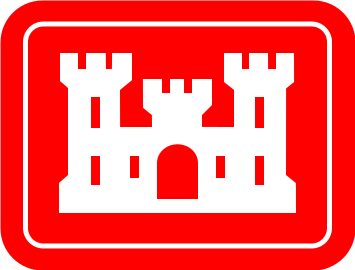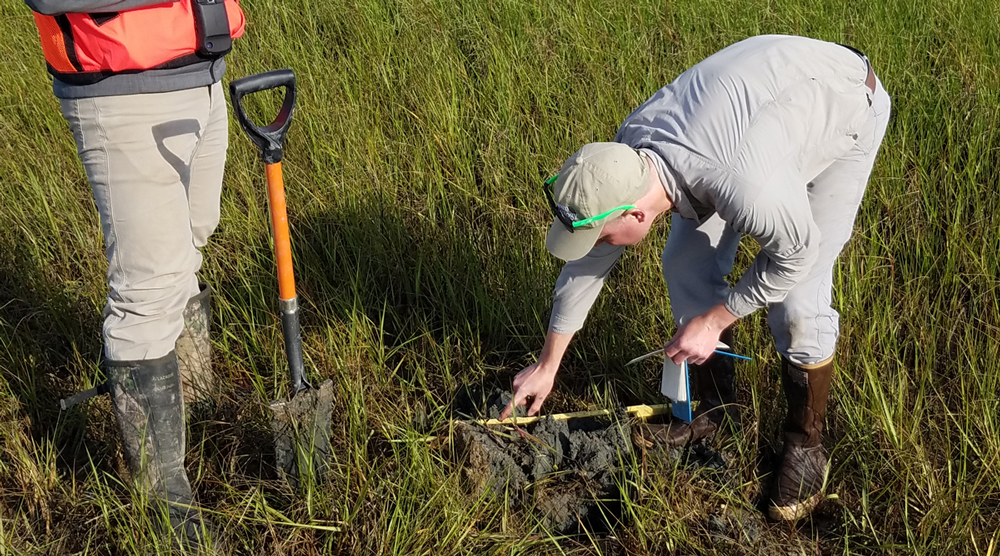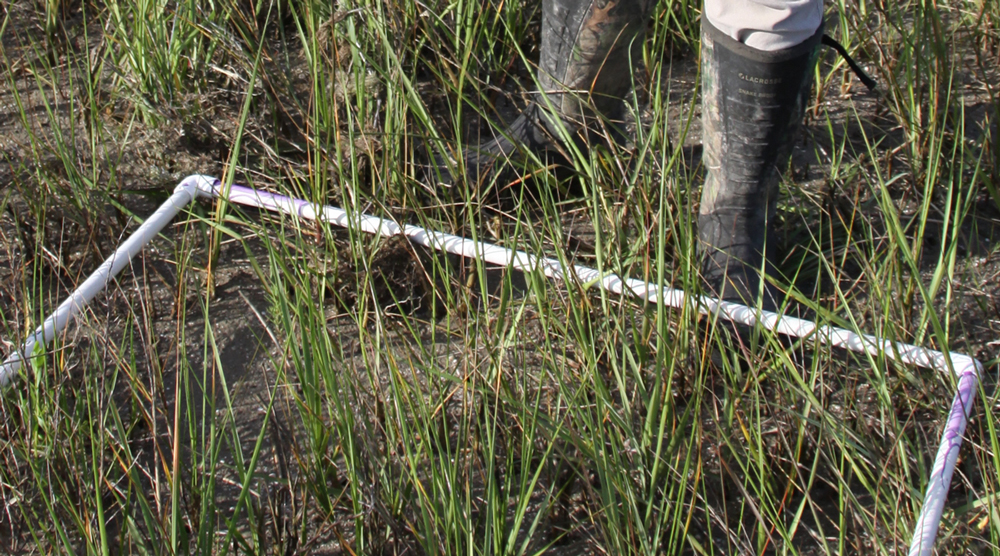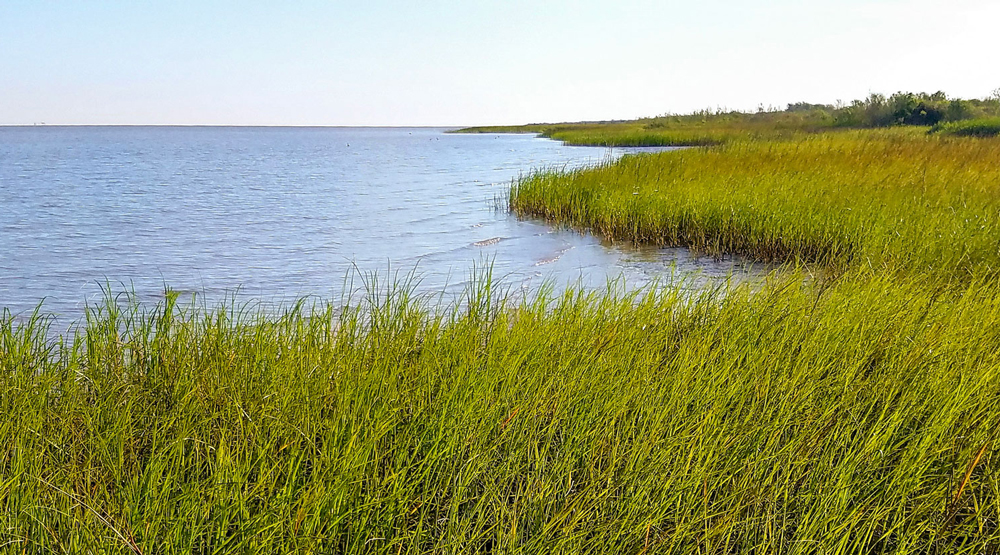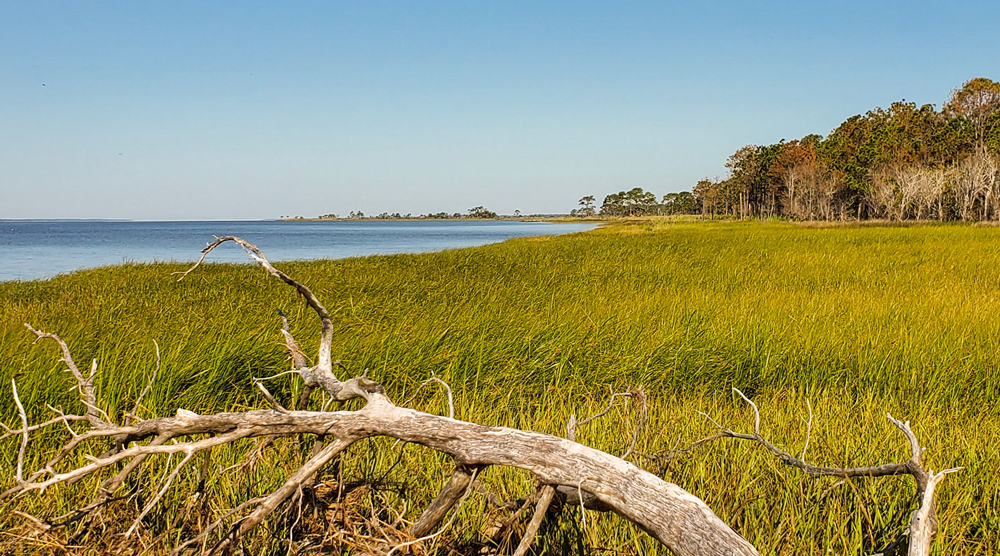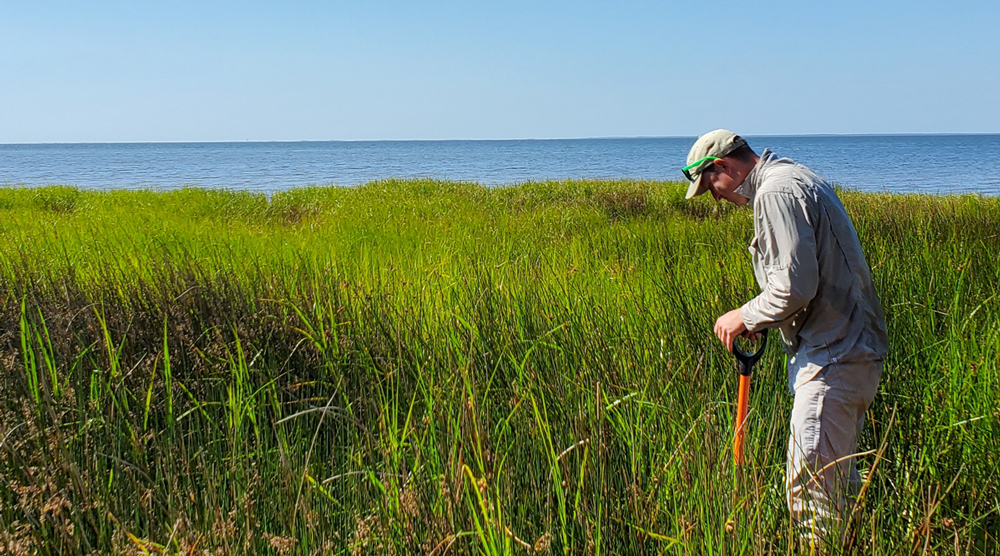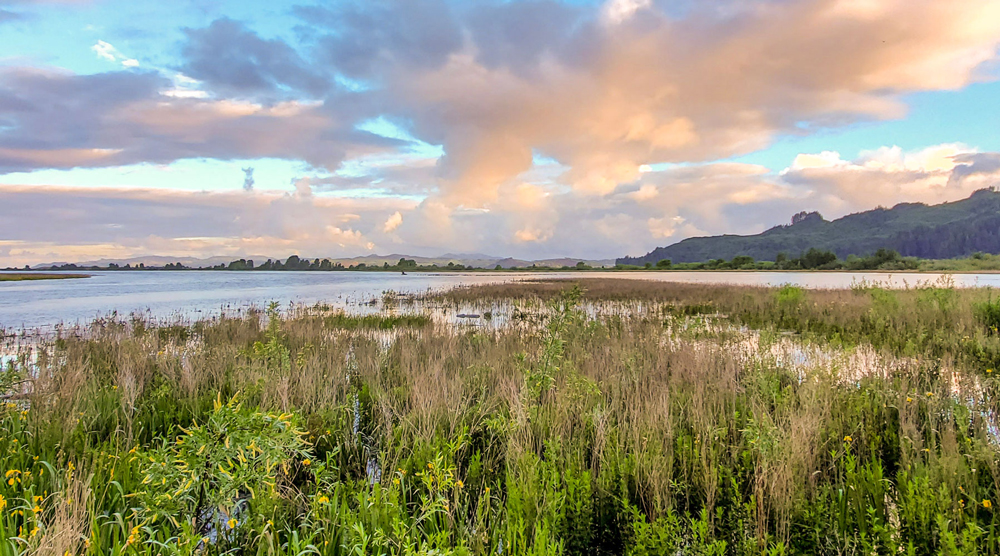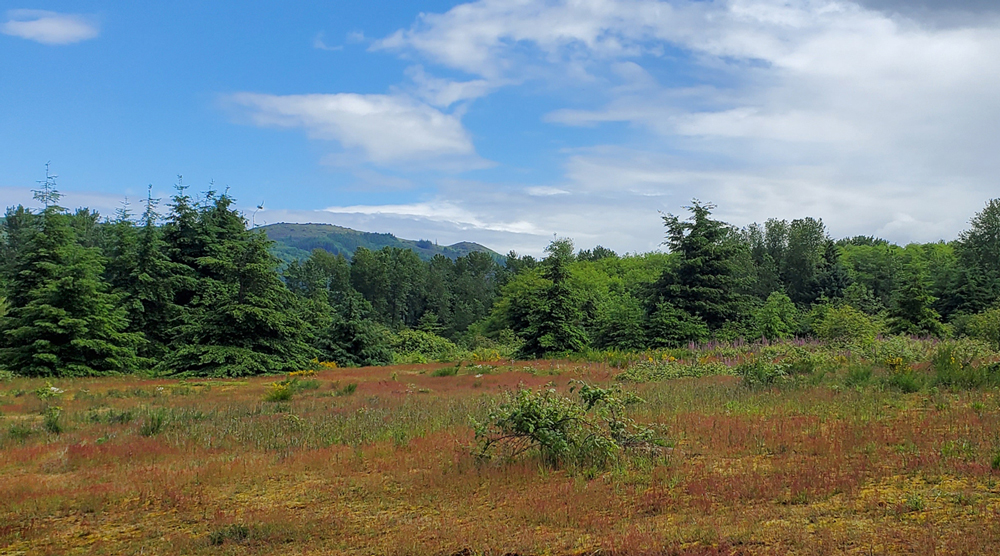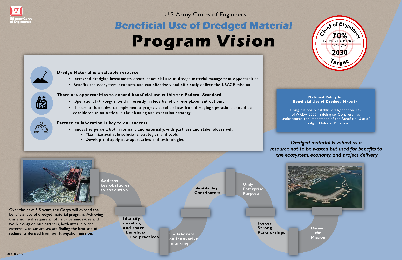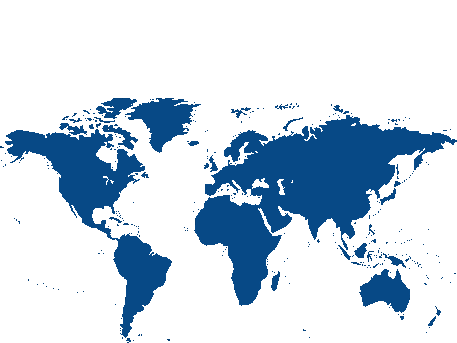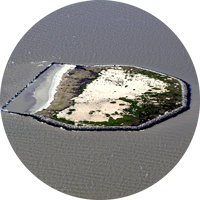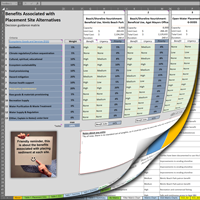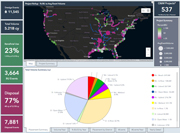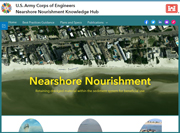Discover, learn, and grow beneficial uses of dredged sediment
The US Army Corps of Engineers routinely creates value from dredged sediments though beneficial uses such as beach nourishment, enhancing wetland habitat, and brownfield reconstruction. Using dredged sediment beneficially is an important component of USACE’s dredged material management strategy, significantly reducing disposal requirements. With interest in beneficial use of dredged sediments at an all-time high, the timing is ripe to increase beneficial use.

What is beneficial use of dredged sediment?
Beneficial uses are defined as “productive and positive uses of dredged material, which cover broad use categories ranging from fish and wildlife habitat development, to human recreation, to industrial/commercial uses” (USACE Beneficial Uses of Dredged Material, Engineer Manual 1110-2-5026).
Image Slider
Over 200 million cubic yards of material is dredged annually from the bottom of federally-constructed and maintained navigation channels to maintain safe passage in navigation channels for vessels. Overall, about 10-15% of dredged material requires special handling, while the remaining 85% is available for beneficial use. Of this available sediment, approximately 30-35% is currently used beneficially to deliver environmental, economic, and social benefits.
Increase Beneficial Use to 70% by 2030
Unlocking the Potential of Dredged Sediments: A Valuable Resource for Ecosystem, Economy, and USACE Mission Success
70/30
Beneficial Use of Dredge Material Command Philosophy Notice
The USACE Chief of Engineer's Beneficial Use of Dredged Material Command Philosophy Notice outlines the vision for expanding the beneficial use of dredged sediment. Historically, USACE has utilized 30-40% of sediments derived from the Navigation mission for beneficial purposes. The Chief has set a goal for USACE to increase the practice of utilizing dredged sediments beneficially to 70% by 2030.
Beneficial Use of Dredged Material: Program Vision (pdf)
This placemat provides an overview of the USACE beneficial use of dredged sediment, including the Chief of Engineers' vision for achieving a target of 70% beneficial use practices by the year 2030.
WRDA 2020
Implementation Guidance for Section 125(a)(2)(C) of the Water Resources Development Act of 2020, Beneficial Use of Dredged Material
Section 125(a)(2)(C) of the Water Resources Development Act (WRDA) of 2020 amends Section 204(d) of WRDA 1992 (33 U.S.C. 2326(d)) to authorize the Secretary of the Army for Civil Works to use funds appropriated for construction or operation and maintenance of a project involving the disposal of dredged sediment when selecting a disposal method that is not the least cost option based on a determination that the incremental costs of the disposal method are reasonable in relation to the environmental benefits or the hurricane and storm or flood risk reduction benefits. This memorandum provides guidance and direction on implementation of Section 125(a)(2)(C) and rescinds and replaces the implementation guidance for Section 1038 of the Water Resources Reform and Development Act of 2014.
BU Pilot Program
USACE Beneficial Use of Dredged Sediment Pilot Program
Section 1122 of the Water Resources Development Act of 2016 requires USACE to establish a pilot program to carry out 10 projects for the beneficial use of dredged sediment. The Corps of Engineers solicited proposals through a Federal Register Notice on February 9, 2018. Ninety-five proposals were received by the closing date and they were evaluated by Regional and Headquarters Teams against the statutory guidance in the Act. There are many worthwhile proposals among the 95 submittals which came from 29 states and Puerto Rico.
WRDA 2016
Implementation Guidance for Section 1122(a)-(h) of the Water Resources Development Act (WRDA) of 2016, Beneficial Use of Dredged Material
Section 1122 of WRDA 2016 (a-h) directs the Secretary to establish a pilot program consisting of 10 projects for the beneficial use of dredged sediment for certain specified purposes. It provides for the establishment of regional beneficial use teams to identify and assist in implementation of projects under the pilot program. HQUSACE will publish a notice in the Federal Register with instructions for submitting project proposals. This guidance applies to the selection and implementation of pilot projects.
Beneficial Use Guidance and Examples
Success story vignettes describe a variety of projects focused on the beneficial use of dredged sediment. The projects include unique one-offs, projects occurring over multiple years, as well as long-term projects. The stories describe in more detail why the project exists, who is involved, the benefits, and monitoring. Each story includes a project description and access to resources such as images, reports and journal articles, workshops, presentations, and videos. The central idea is to provide a wide variety of successfully completed beneficial use projects, while the take home point is to realize the potential value of dredged sediments.
The Beneficial Use Goods and Services (BUGS) Tool is a preliminary planning aid designed to document and compare beneficial use placement site options along with their associated ecosystem goods and services. This approach supports multiple viable beneficial use options with varying benefits.
Version 2 of the Beneficial Use Goods and Services (BUGS) Tool has been released.
This interactive geospatial map viewer highlights beneficial use projects mined from the USACE Institute for Water Resources (IWR) Navigation Data Center’s Dredging Information System (DIS).
Nearshore placement of dredged sediment is one common method to beneficially use dredged material. The Nearshore Nourishment Knowledge Hub consolidates the current state of the nearshore placement knowledge and best practices into one location.
Beneficial Use Fact Sheets and Manual
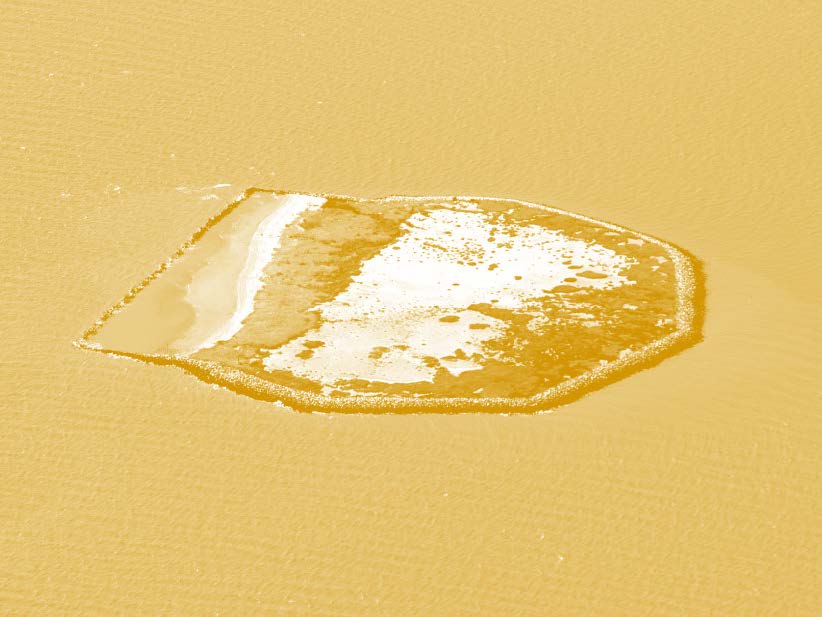
Strategic Enablers for Increasing Sediment Beneficial Use
(pdf) 445 KBUSACE routinely creates value from dredged sediments though beneficial uses such as beach nourishment, enhancing wetland habitat, and brownfield reconstruction. Using dredged sediment beneficially is an important component of USACE’s dredged material management strategy, significantly reducing disposal requirements.
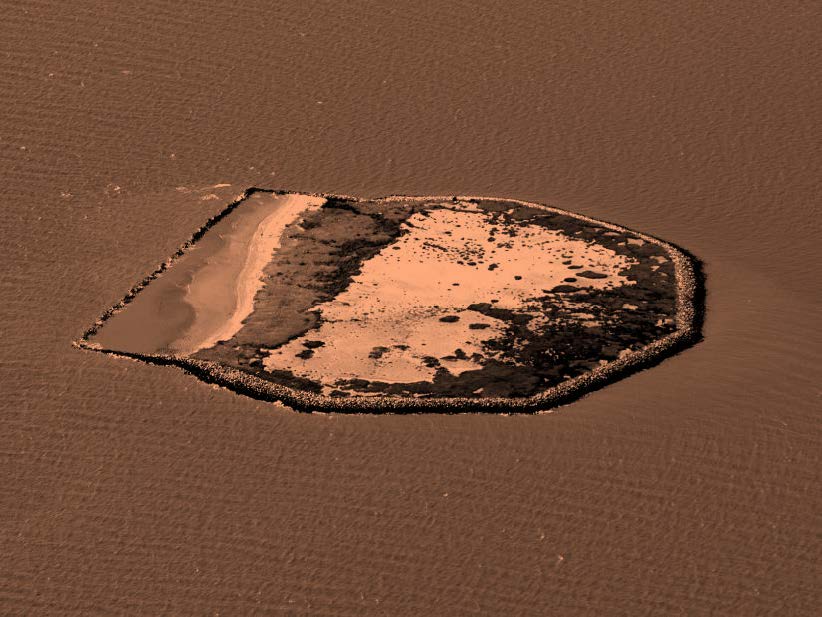
Innovation Supporting Beneficial Use
(pdf) 277 KBUSACE has advanced BU of sediment through a sustained commitment to innovation, over more than 40 years, across multiple research programs. Over this period, USACE has invested $100s of millions to advance the science and technology applied to sediment management, including $10s millions on BU.
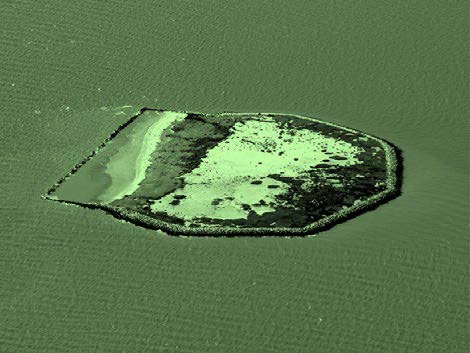
Dredging and Dredged Material Management
(pdf) 39,975 KBThis manual provides guidance for planning, designing, developing, and managing dredged material for beneficial uses, incorporating ecological concepts and engineering designs with biological, economical, and social feasibility.
Beneficial Use Program Manager
- Katherine Brutsché
- Coastal Geologist
- USACE Headquarters
Connect with a beneficial use content strategist
- Brooke Stevens
- Research Physical Scientist
- Justin Wilkens
- Research Biologist
- Jennifer Miller
- Research Environmental Engineer
- Burton Suedel
- Research Biologist
- Audrey Strelzoff
- Website Manager
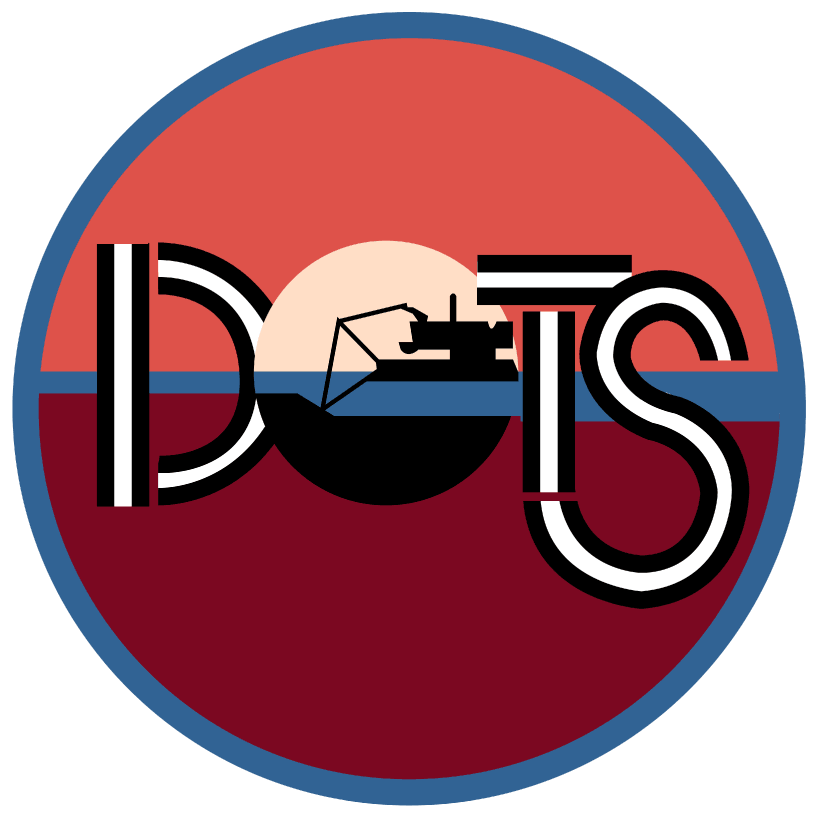
This website is made possible by the support of the US Army Engineer Research and Development Center Dredging Operations Technical Support Program (DOTS). The DOTS provides environmental and engineering technical support to the US Army Corps of Engineers Operations and Maintenance navigation and dredging missions. Technology transfer products and activities support diverse field needs that directly benefit navigation and dredging operations throughout the United States.
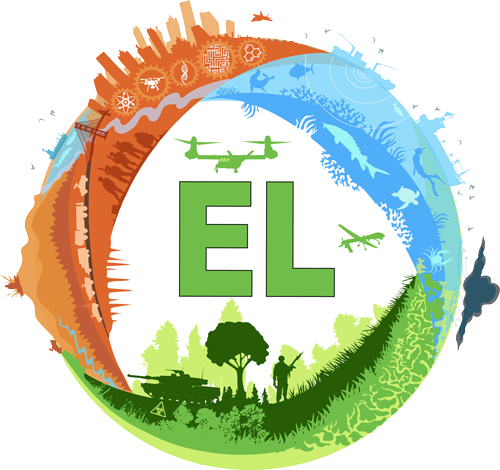
US Army Engineer Research and Development Center, Environmental Laboratory, Vicksburg, MS
Citation Format: If you wish to cite information or content from this website, we recommend using the following format: Beneficial Uses of Dredged Sediment. US Army Engineer Research and Development Center Dredging Operations Technical Support Program. Accessed [Date], https://budm.el.erdc.dren.mil
